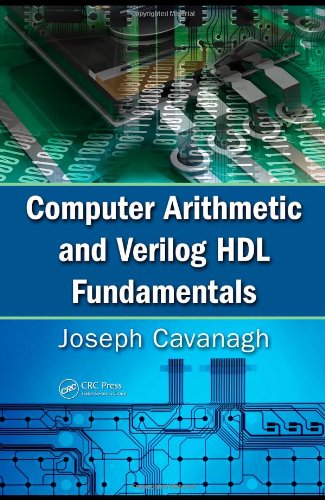

Most ebook files are in PDF format, so you can easily read them using various software such as Foxit Reader or directly on the Google Chrome browser.
Some ebook files are released by publishers in other formats such as .awz, .mobi, .epub, .fb2, etc. You may need to install specific software to read these formats on mobile/PC, such as Calibre.
Please read the tutorial at this link. https://ebooknice.com/page/post?id=faq
We offer FREE conversion to the popular formats you request; however, this may take some time. Therefore, right after payment, please email us, and we will try to provide the service as quickly as possible.
For some exceptional file formats or broken links (if any), please refrain from opening any disputes. Instead, email us first, and we will try to assist within a maximum of 6 hours.
EbookNice Team

Status:
Available4.5
9 reviewsVerilog Hardware Description Language (HDL) is the state-of-the-art method for designing digital and computer systems. Ideally suited to describe both combinational and clocked sequential arithmetic circuits, Verilog facilitates a clear relationship between the language syntax and the physical hardware. It provides a very easy-to-learn and practical means to model a digital system at many levels of abstraction.
Computer Arithmetic and Verilog HDL Fundamentals details the steps needed to master computer arithmetic for fixed-point, decimal, and floating-point number representations for all primary operations. Silvaco International’s SILOS, the Verilog simulator used in these pages, is simple to understand, yet powerful enough for any application. It encourages users to quickly prototype and de-bug any logic function and enables single-stepping through the Verilog source code. It also presents drag-and-drop abilities.
Introducing the three main modeling methods—dataflow, behavioral, and structural—this self-contained tutorial—
Designed for electrical and computer engineers and computer scientists, this book leaves nothing unfinished, carrying design examples through to completion. The goal is practical proficiency. To this end, each chapter includes problems of varying complexity to be designed by the reader.